The Rimfire Report: Do .22LR Bullet Coatings Matter?

Hello and welcome back to another edition of The Rimfire Report! This ongoing series is all about the rimfire firearm world and all of its different types of firearms, ammo, shooting sports, history, and more! One benefit that the .22LR has being one of the oldest self-contained cartridges in the world is that there is an extensive list of ammo types available to the end user. Whether you want hollow points, round noses, copper projectiles, fancy fracturing ammunition, tracer ammo, or even shotshell ammo - .22LR has just about everything. Depending on what you’re doing, different ammo types could prove to be a better overall choice than just opting for either the most expensive or the cheapest ammunition. One often overlooked feature that can drive the price and performance of ammo either up or down is the type of coating (if any) that is used during the manufacturing process. Today we’re going to take a look at the different types of coatings currently available and see what each offers the shooter and what ammo companies offer that type of coating on their ammo.
More Rimfire Report @ TFB:
The Rimfire Report: Do .22LR Bullet Coatings Matter?
Bullet coatings are nothing new in the firearms world. Bare lead projectiles leave a lot of fouling behind and push firearms into needing more frequent maintenance. Early bullet coatings were natural substances - often beeswax or animal fat - these crude and natural bullet coatings were intended to increase lubricity within the barrel, reduce fouling, and also act as an environmental sealant. Over the decades we eventually learned that copper-jacketed bullets not only could improve firearm cleanliness even further but also handle much higher velocities.
We even see modern rimfire cartridges like .17 HMR, .17 HM2, .22WMR, and even the new .21 Sharp projectiles all feature jacketed bullets instead of a simple lead coating to take advantage of the higher performance of those rounds. The long-lived .22LR though is an antique cartridge and a proper jacketed bullet just doesn’t work out in the platform. It’s too expensive, and the copper jacket ends up being overkill for maximum performance of .22LR.
That brings us to coatings for .22LR, what is available, what does each type of coating excel at, and what ammo companies sell that type of coating with their ammo? The most common type of coating these days is often wax coating often made from paraffin or beeswax tallow - similar to older cartridges. Copper plating is also a very common type of bullet coating/lubricant and is more of a “copper wash” rather than a proper plating - still quite inexpensive to do on a mass scale and about as effective as wax. Finally and most recently we have polymer coatings. Polymer-coated .22LR ammunition is far less common than either wax or copper plating and is usually only found put to use in specialized ammo - specifically competition ammo.
Wax Coatings
Wax coating as mentioned earlier is probably the oldest and most common method of coating bullets. Virtually every company that manufactures .22LR uses some sort of wax coating, although the quality, consistency, and efficacy of that coating will vary greatly between manufacturers and sometimes even ammo types under the same company. The primary reason wax is the most popular coating is due to its cost-effectiveness. The thin layer of cheap wax adds a negligible cost to the overall price to produce the round and also increases the likelihood that it will operate smoothly in more firearms.
However, not all wax is created equal, and low-cost bulk ammo like Remington Thunderbolt is widely known to have issues with its reliability in a lot of firearms - a lot of this in my opinion has to do with just how thick, uneven and stiff their wax coating is. Some other ammo like Armscor .22LR is also known for using this same type of thick, hard wax - likely paraffin wax. Paraffin wax can sometimes melt and resolidify while the ammo is being stored on hot days and this will eventually lead to feeding issues and premature fouling.
Meanwhile, the softer beeswax tallow is much stickier but tends to have a much “slicker” feel to it and is often used to coat the entire cartridge including the entirety of the case. This coating is most often found in high-end match ammo meant for use in competition firearms where accuracy is paramount. The softer, sticker beeswax allows the rounds to seat more efficiently in match chambers which should lead to better overall accuracy and consistency from each round - the downside of this is that it's slightly more expensive than paraffin wax, and therefore it often comes at a premium. ELEY, Wolf Match, and Lapua all use extremely high-quality beeswax tallow coatings with the only major downside to it being that it attracts much more debris than harder paraffin wax.
Copper “Plating”
While the term is sort of a misnomer - there really isn’t a true layer of hard plating over the bullet, but rather a thin layer more akin to a light coating of copper chemically bonded to the surface of the lead bullet. While this plating isn’t and doesn’t need to be very durable, you can still scratch it off with just your nail. Even with its sacrificial nature, the copper plating allows for better fouling protection with higher velocity .22LR ammunition and also performs extremely well in semi-autos.
Norma, Aguila, Remington, Winchester, and CCI all offer various loads of .22LR in a copper wash/plating and are often specifically designed for use as hunting, competition, or semi-auto high-velocity focused rounds. You can expect to pay a couple of cents extra for copper-plated ammunition as it does an overall better job of reducing lead fouling, but it’s still going to be pretty inexpensive compared to polymer-coated ammo.
Polymer Coated Ammo
Although not as popular as copper or wax, polymer is quickly gaining favor by many due to its superior cleanliness. The polymer coating is fairly thick in comparison to the copper wash or wax coating and does an incredible job of keeping lead and powder fouling out of the grooves of the rifling. Polymer also has the distinct advantage of being completely solid and fore has zero risk of attracting additional unburnt powder, debris, and lead fouling onto itself or adding it into your system.
In my experience polymer-coated ammo does what it’s intended to do - the difference is quite noticeable even just after 100 rounds. However, the main drawback here is cost - polymer-coated ammo is much more experience per round to shoot and is often only picked up by those looking to use it as competition ammo, or by those who just have a strong aversion to cleaning out their firearms.
In the grand scheme of things, very few companies currently offer polymer-coated ammo with Aguila, Norma, Federal, and CCI being the only contenders and CCI being the only one I’ve been able to find in stores over the last couple of years. My advice when it comes to polymer-coated ammo is to only use it in guns where reliability really matters - like in a competition firearm.
Do Coatings Really Matter?
At the end of the day, the type of coating on your .22LR ammunition does matter - quite a bit. The type of coating that’s used on your ammo can have a pretty significant impact on not just its reliability, but on how much and how fast it starts to get dirty once you start shooting it. For your casual, fun weekend plinkers it probably doesn’t matter that much, and I’ve often found myself shooting some very old rimfire ammo that has long since had its wax coating all but melted off from improper storage - however, the ammo still tends to be good enough for plinking and all that’s left to do at the end of the day is to give your gun a quick clean.
You’ve got a lot of options when it comes to .22LR ammo, which includes the types of coatings that come on your ammo, or maybe even the type you want to use - many people do lube their own bullets for one reason or another. Either way, I’d like to hear what your experiences over the years have been with different types of .22LR coatings. What tends to work best for you and what is your favorite type of coating? As always thanks for stopping by to read The Rimfire Report and we’ll see you again next week!

Reloader SCSA Competitor Certified Pilot Currently able to pass himself off as the second cousin twice removed of Joe Flanigan. Instagram: https://www.instagram.com/ballisticaviation/
More by Luke C.
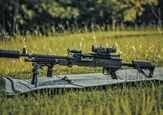

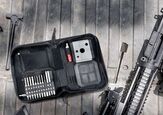















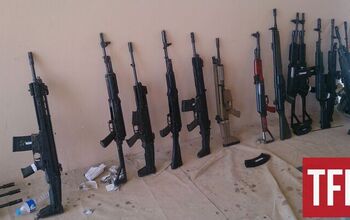
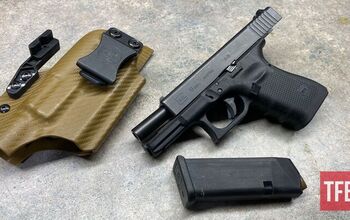
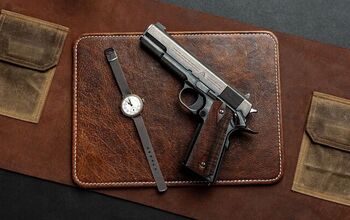





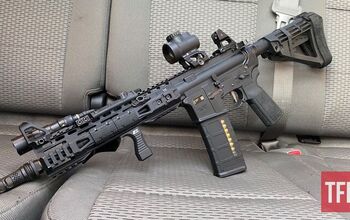
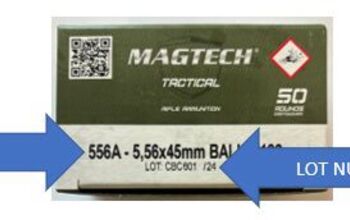


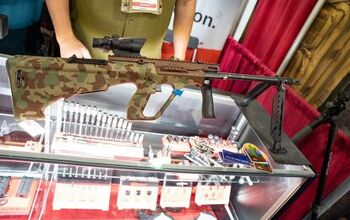

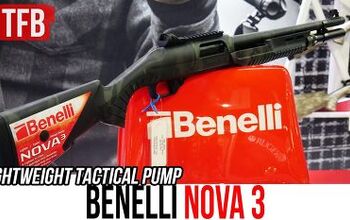


![[SHOT 2025] SNT Brings the Heat - The K2 Comes to America](https://cdn-fastly.thefirearmblog.com/media/2025/01/22/01391/shot-2025-snt-brings-the-heat-the-k2-comes-to-america.jpg?size=350x220)
Comments
Join the conversation
What is beeswax tallow?
I know there's beeswax, and there's tallow.
But I've never heard of beeswax tallow.
Doing some investigative reading about Black Powder rifle conical bullets, will shed reasons for usage. Look up Civil War reinactors use and applications of lube in their muskets will tell much. Try North-South Skirmish Association for starters.